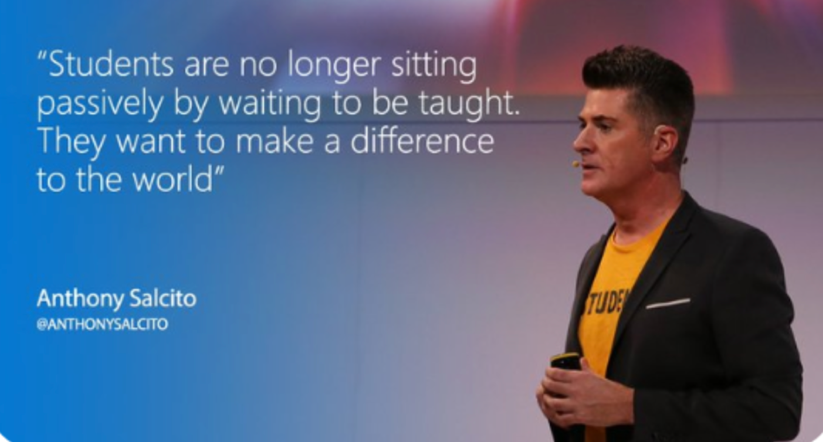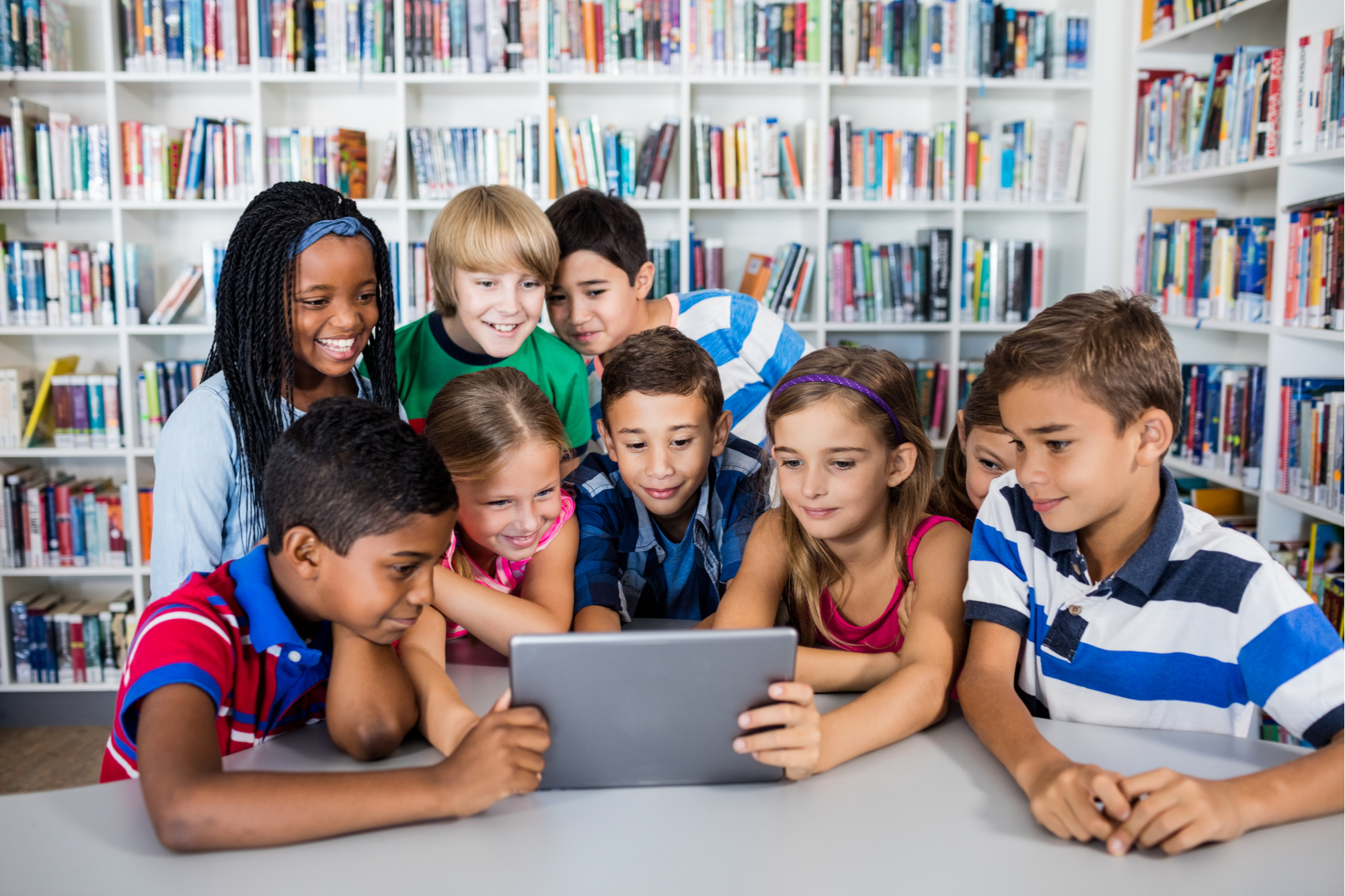Critical thinking, collaboration and group problem-solving are crucial skills in today’s world. At a global level, we’re facing major issues related to food, water, climate, resources and technology that will only be solved through collaborative innovation. Complex problems require people not only to think critically on their own, but to be able to work together effectively to find creative and workable solutions.
Whether students seek a future career in industry, entrepreneurship, government or non-profits, or they want to be involved in their local schools, churches, clubs and other community organizations 21st century skills like collaboration and group problem-solving are essential.
In a survey of midsize and larger employers conducted by the Association of American Colleges and Universities, when it comes to hiring college graduates:
- 83% of employers rated “The ability to work effectively with others in teams” as very important
- 96% of employers agreed that “all college students should have experiences that teach them how to solve problems with people whose views are different from their own.”
- But only 37% say new graduates come prepared to work in teams.
Educators are responding, both in higher education and in our K-12 schools. Common Core State Standards in the US and in similar standards around the world, now call for students to develop skills for collaboration, group problem-solving and sustainability along with the basics of reading and mathematics.
So how do we teach and encourage collaboration?
While researchers are hot on the topic and are constantly developing and honing the most effective approaches for helping students engage in collaboration, there are some great strategies and practices that every teacher can begin using today.
1.Tap into student motivation
Students today have access to more information than any generation in history. They can find out what’s happening on the other side of the world with the tap of a button. This increased awareness is, for many students, the catalyst for wanting to make a difference in the world.
“Students are no longer sitting passively by waiting to be taught,” said Anthony Salcito, Vice President, Worldwide Education at Microsoft. “They want to make a difference to the world.”

Along with the technology-enabled connectedness comes an opportunity for teachers to tap into students’ motivation to make a difference, showing how today’s most vexing problems require collaboration and teamwork. Good discussions come from ideas that students find worthy of discussion. In the Brookings blog series on teaching 21st century skills, teacher Tara Barnett suggests “Give students a question in which they have to take a stance.”
Tech tip: Skooler’s integration with Office 365 enables students to bring their passion projects into the classroom. Here’s where Microsoft OneNote shines, making it easy for students to work together and document their research and progress in collaborative notebooks. Because it works like a plain canvas, students can bring in multimedia assets, including videos, web pages, published scientific data and still images, and they can use it to capture the results of collaborative brainstorming with audio and video. When it’s time to present their results, groups can use OneNote as a digital whiteboard.
2. Make it worth their while
A group project that is too easy can actually demotivate students from collaborating, particularly for those students who are a bit more advanced. If it’s easier to just do it on their own, that’s what’s going to happen. So create a situation where student discussions are around tasks that “are too cognitively large for any one student to do on their own,” according to Emma Mercier, an assistant professor of curriculum and instruction at the University of Illinois at Urbana-Champaign in Education Week.
Creating a complex problem to solve – or even having students identify the problem they would like to solve – then having students engage in identifying all the steps and different roles it takes to solve the problem, helps students see why collaboration is essential. The need to come together and turn the results of each individual’s contribution into a cohesive presentation involves more than just a mash-up of individual assignments – complex problems require students to engage more with each other, discuss different approaches and see how all of the different pieces must come together to solve the problem.
Tech tip: Group assignments in Skooler make it easy to create and assign work to specific groups of students and link them to competency goals. Integration with tools like Microsoft Excel helps students break down complex tasks and lists into manageable chunks and track on progress against their goals.
3. Encourage everyone to participate
Most of us have experienced being in a group project where some students actively participated and one or two people just rode along, getting the group grade without contributing anything meaningful. Mary Burns, in Edutopia, suggests a few ways to eliminate “free riding” by creating smaller groups (four to five people) and having them work together to design their own meaningful group roles (e.g. manager, monitor or leaders for each sub-task) and their own protocols for handling conflicts or disagreements. Then, in addition to teacher assessment, “Have students evaluate their own participation and effort and that of each team member and triangulate those assessments with your own,” she says.
Tech tip: Skooler’s Peer Review feature enables students to seek and receive feedback on their work from classmates and allows teachers to oversee how each student in the group is reacting to each other’s work, so they can better recognize areas where more support or guidance is needed. Students can also record video and audio feedback.
4. Model, then take a step back
To help teach group communication skills, Barnett suggests launching entire-class conversations before separating students out into groups. “Beginning with the entire class helps to establish norms for conversation in the classroom and gives a model for what a conversation can and should look like.” Teaching and modeling skills like active listening helps prepare students for team work.
As students break out into groups, the teacher can observe and intervene to make sure the work stays on track, guide students in respectful collaboration and ensure that groups are building consensus, but it’s good not to be too hands-on. Taking a step back and letting students use their own resourcefulness to figure out how to solve a problem and build on each other’s ideas will help them internalize the collaboration process. Research shows that student-to-student idea building can be extremely valuable, and, in some cases, more valuable than having a teacher engage. According to Mercier, a study found that “during group work, students responded more often to ideas offered by other students than they did to those offered by teachers.”
Tech tip: In addition to the value of walking around, being able to track the group’s progress electronically provides yet another window into how effectively the group is able to gather their thoughts and resources and begin to consolidate them into solutions. Because Skooler is cloud-based, when students keep their notes and document their collaborative work in OneNote and other applications, teachers can easily track progress, provide course-corrections and tie the collaborative process to collaboration outcomes and eventual assessments.
Skooler, along with its add-ins and full integration with Office 365, offers many other ways to supports teachers in developing students’ collaboration and group problem-solving skills. How are you using technology to support collaboration into your classroom? We’d love to hear from you!
